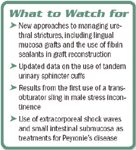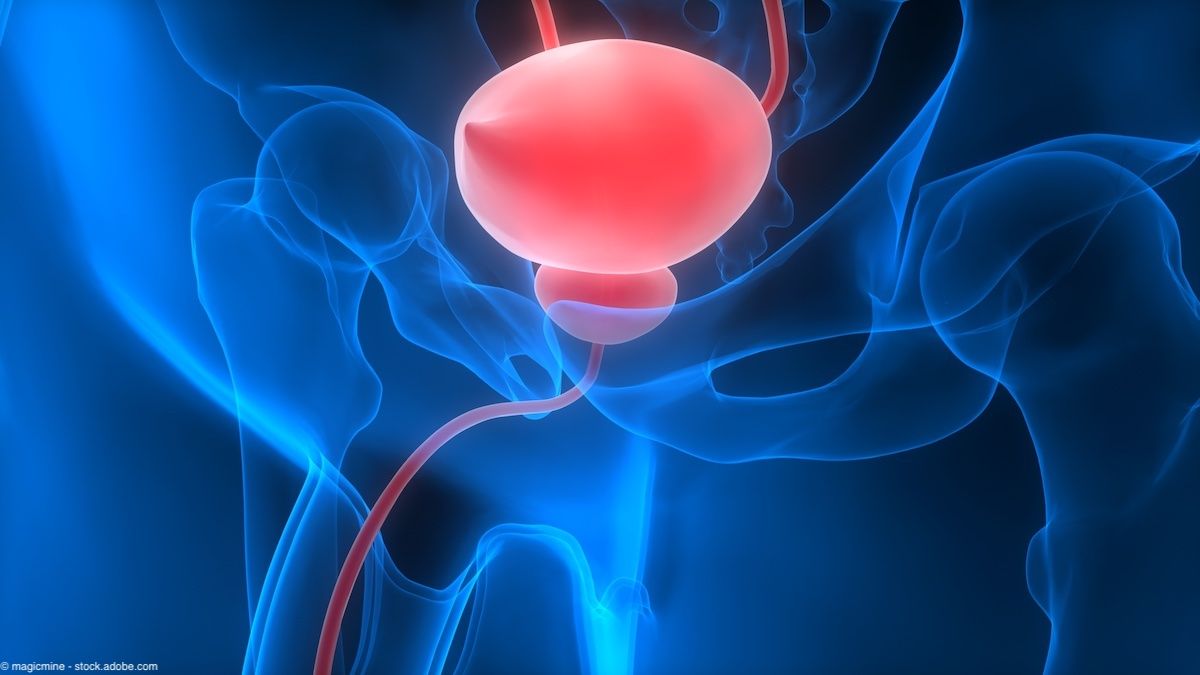Article
New reconstruction techniques shaping future care
Urologists attending the 2006 AUA annual meeting can look forwardto hearing about promising new reconstructive techniques for malegenital disorders. Studies will spotlight a number of approachesthat are at various stages of maturity, including some that arebeing reported for the very first time.
Urologists attending the 2006 AUA annual meeting can look forward to hearing about promising new reconstructive techniques for male genital disorders. Studies will spotlight a number of approaches that are at various stages of maturity, including some that are being reported for the very first time.
"The AUA program on trauma and reconstructive urologic surgery contains an exciting potpourri of breakthrough reports from an international array of researchers. Newer and completely novel surgical techniques for male genital disorders will take center stage," said Allen F. Morey, MD, chief of urology, Brooke Army Medical Center, San Antonio.
New approaches to strictures

"This is an intriguing report because of its potential implications for enabling management of patients with extensive urethral stricture disease or refractory stenosis after hypospadias surgery," Dr. Morey said.
Also of interest is a report from a group of Italian urologists who will present their experience with fibrin sealant-assisted dorsal buccal mucosal graft reconstruction for urethral stricture disease.

Several groups of investigators from institutions across the United States will report on reconstruction procedures in men with complex urethral strictures. Those studies include evaluation of results for distal penile flap reconstruction in men with lichen sclerosis (balanitis xerotica obliterans) and approaches in patients who have failed UroLume stents.
Surgery for male incontinence
In the area of surgery for male urinary incontinence, a number of papers will be presented evaluating various approaches for artificial urinary sphincter cuff placement.
Outcomes from one study comparing perineal and penoscrotal approaches further support the concept that the proximal bulbar urethra should be the desired site of cuff placement.
In addition, results will be reported from two multi-institutional studies evaluating tandem cuff placement that show it has no benefit for improving quality of life or continence relative to a single cuff procedure, but that it may be associated with an increased rate of complications.
Another multi-institutional study also indicates that the tandem cuff done in the context of a salvage procedure is associated with a higher rate of urethral cuff erosion compared with placement as primary therapy.
In addition, a group of U.S. investigators will be reporting on their expanded experience with transcorporal artificial urinary sphincter cuff placement, suggesting it is an effective treatment for incontinence after prostate cancer therapy in complex patients who have required previous reconstructive surgery.
"The description of a variety of new approaches for artificial urinary sphincter placement has made these devices increasingly popular among urologists, even in the setting of complex patients with previous surgery and comorbid conditions," Dr. Morey said. "These reports and others at this year's meeting will increase our understanding of the utility and limitations of these cuff placement techniques."
Also in the area of incontinence surgery, AUA attendees will hear from Austrian urologists about positive results with the first use of a transobturator sling procedure for male stress urinary incontinence.
"Their data suggest this may be an exciting new approach to managing male stress incontinence," Dr. Morey said.
Peyronie's disease
A number of interesting studies on new treatments for Peyronie's disease and related genital defects also will be presented.





